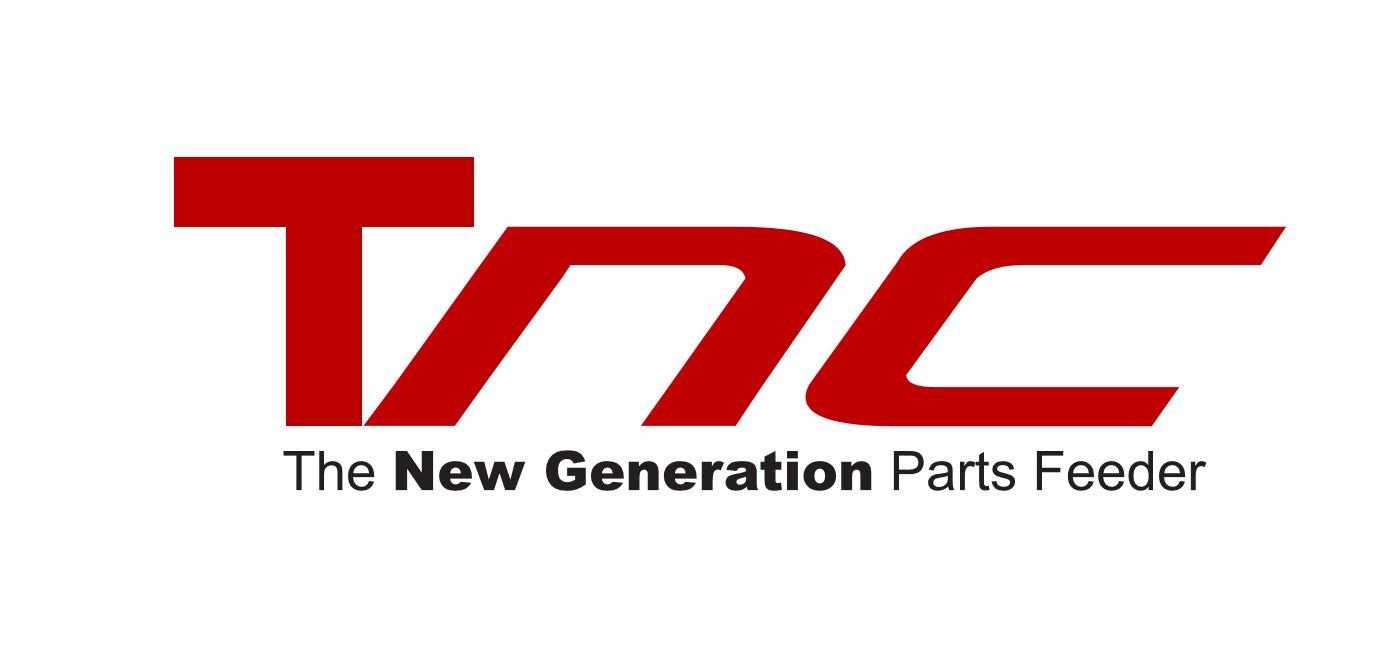
06 Jun How a Pharmaceutical Company Improved Production Efficiency with a Rotary Feeder
In pharmaceutical manufacturing, precision and sterility are critical—especially when handling sensitive medical components like syringes, vials, and assembly equipment. One leading medical device manufacturer faced challenges in their automated production line due to inconsistent part feeding, contamination risks, and frequent downtime.
By implementing a rotary feeder designed for medical device handling, they achieved higher throughput, reduced jamming, and improved compliance with FDA standards. This case study explores how the right rotary feeder design optimized their production process.
The Challenge: Inconsistent Feeding & Contamination Risks in Syringe Assembly
The company produced syringes and needed a reliable way to transfer components between assembly stages. Their existing system had major issues:
- Misfeeds and jams – Syringes and caps were not properly aligned, causing production stoppages.
- Sterility concerns – Open transfer mechanisms increased contamination risks.
- Downtime for cleaning – Manual sanitization between batches slowed operations.
- Regulatory compliance gaps – The equipment didn’t meet strict FDA hygienic design requirements.
These problems led to wasted components, delayed shipments, and increased costs.
The Solution: A High-Precision Rotary Feeder for Medical Devices
After evaluating different options, the company wanted us to design a rotary feeder to implement a custom solution. The new system featured:
1. Hygienic, FDA-Compliant Design
- Stainless steel construction – Corrosion-resistant and easy to sterilize.
- Enclosed housing – Prevented external contaminants from entering.
- Smooth, debris-free surfaces – Minimized particle generation.
2. Gentle yet Reliable Part Handling
- Precision-guided lanes – Ensured syringes and caps fed smoothly without misalignment.
- Anti-jam rotor design – Reduced stoppages caused by stuck components.
- Adjustable speed control – Allowed synchronization with downstream equipment.
3. Easy Cleaning & Maintenance
- Quick-release panels – Enabled fast access for sanitation.
- CIP (Clean-in-Place) compatibility – Automated washing reduced downtime.
The Results: Faster Production, Fewer Errors, and Full Compliance
After integrating the new rotary feeder, the company saw dramatic improvements:
✅ 30% Increase in Throughput – Smoother feeding reduced jams and boosted output.
✅ Zero Contamination Issues – Sealed design maintained sterile conditions.
✅ 50% Faster Changeovers – CIP compatibility cut cleaning time in half.
✅ Full FDA Compliance – The system met all hygienic manufacturing standards.
The improvements also led to lower maintenance costs and higher overall equipment effectiveness.
Why the Right Rotary Feeder Design Matters for Medical Devices
This case study highlights key lessons for manufacturers handling syringes, vials, and other medical components:
- Gentle part handling prevents damage – Delicate devices need precision alignment.
- Closed systems ensure sterility – Critical for FDA compliance.
- Customization is key – Off-the-shelf feeders often fail in high-precision applications.
Choosing an experienced rotary feeder manufacturer like TNC Technology ensures the equipment meets exact production needs while maximizing uptime.
Upgrade Your Medical Device Handling System with TNC Technology
If your production line struggles with misfeeds, contamination risks, or inefficient cleaning, a high-performance rotary feeder could be the solution.
At TNC Technology, we engineer custom rotary feeders for syringe handling, vial sorting, and other medical device applications. Our solutions are designed for precision, cleanliness, and reliability.
Ready to optimize your production line?
📞 Contact TNC Technology today for a consultation!



 TH
TH 